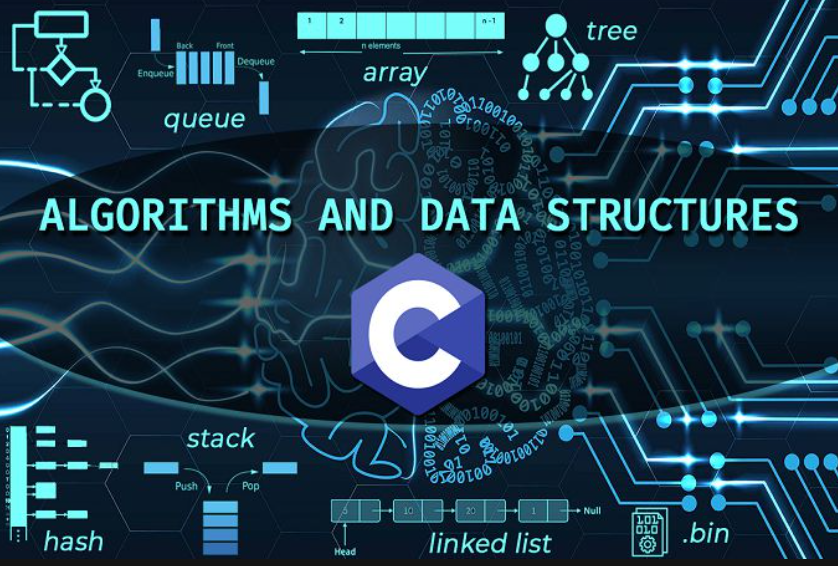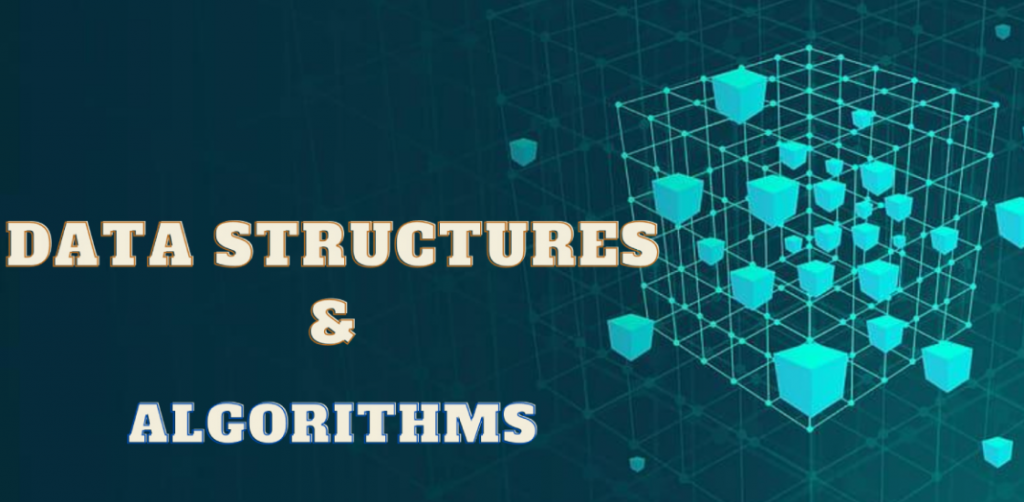
For students in the field of Information Technology, the term ‘Data Structures and Algorithms’ is indispensable. It’s a mandatory course and can be quite challenging for anyone not thoroughly prepared or actively engaged in approaching the subject. So, what are Data Structures and Algorithms? Let’s explore this together with Tinasoft and unravel this course!
What is Data?
Data comprises information represented in the form of characters, numbers, images, sounds, or any other form of information that computers can process. It can be generated or collected from various sources such as sensors, machinery, or user inputs. Data can be broadly categorized into structured and unstructured types.
Structured data is often organized in a specific format, like in a relational database, where tables and their relationships define the structure. Unstructured data lacks a specific structure and can include unformatted text, images, videos, or sounds.
Most importantly, data becomes valuable when processed, analyzed, and understood to derive useful insights. This process is often carried out through scientific methods of data analysis and machine learning to identify patterns, trends, or valuable information from the data.
Understanding Data Structures and Algorithms

Data structures refer to how data is organized and stored for efficient retrieval and manipulation. It defines how data elements are arranged, linked, and stored in a computer’s memory.
Data structures can include:
- Array: A collection of data elements of the same data type stored in a continuous sequence. Access elements in an array using an index.
- Linked List: A data structure where each element (node) contains data and a pointer to the next element in the list.
- Stack and Queue: Data structures managing data based on ‘Last In, First Out’ (Stack) or ‘First In, First Out’ (Queue) principles.
- Tree and Graph: Data structures organize data hierarchically or in non-linear relationships.
- Hash Table: A data structure storing data in key-value pairs, enabling fast access through keys.
- Graph: A data structure describing relationships between objects via edges and vertices.
Algorithms are specific steps used to solve a particular problem. They represent the algorithms, processes, or steps computers perform to execute a task. Algorithms can be designed to perform tasks like searching, sorting, data filtering, or solving specific problems.
By combining data structures and algorithms in an intelligent course, we can optimize data storage, and processing, and effectively solve complex problems. This forms the foundation for computer science and programming.
Organizing Data Storage:
Data storage organization involves arranging and structuring information for easy access, search, and processing. Here are some methods of organizing data storage:
- Relational Database: Uses tables to organize data into rows and columns. Each row represents a record, and each column is an attribute. Relationships between tables through foreign keys.
- Non-Relational Database: Stores data in structures not adhering to the relational model. Includes types like NoSQL databases, with structures like columnar, document-based, graph, or key-value.
- File Systems: Organizes data into files and directories. Each file contains specific data, and directories organize files.
- Cloud Storage: Data is stored and managed on the cloud via services like AWS, Google Cloud, or Microsoft Azure. Data is divided and stored across multiple physical servers.
- Distributed File Systems: Data is divided and stored across multiple nodes in a network. Example: Hadoop Distributed File System (HDFS).
- Hierarchical Data Storage: Organizes data in a hierarchical structure, similar to a tree. Example: LDAP (Lightweight Directory Access Protocol).
- Application-specific Data Storage: Some applications or software have specific organizational methods for data storage. Example: Configuration storage in application configuration files.
- Structured File Storage: Organizes data into structured files, often used for specific data formats like XML, and JSON.
Standards for Data Structures:
- Must represent complete information.
- Must align with operations performed on it.
- Must fit within programming language constraints.
- System resource efficiency.
Role of the Course in Information Technology

The course ‘Data Structures and Algorithms’ plays a crucial role in the field of Information Technology and Communication (ITC) by providing a fundamental foundation and in-depth knowledge of efficiently organizing, processing data, and designing algorithms to solve complex problems. Its roles include:
- Understanding Data Structures:
Focuses on knowledge of fundamental data structures: Array, linked list, stack, queue, tree, graph, hash table, etc. Organizing and storing data: Helps students understand how data is stored in computer memory and how to efficiently access it.
- Algorithms and Optimization:
Training in algorithms: Learning to analyze, design, and implement algorithms to solve problems. Performance optimization: Learning to select suitable algorithms and data structures to optimize runtime and resources.
- Practical Application of Problem Solving:
Applied in software development: Knowledge from this course can be directly applied in designing and building IT applications and systems. Foundation for Machine Learning and Big Data: Understanding data structures and algorithms is crucial for handling big data and in machine learning algorithms.
- Enhancing Logical Thinking and Analysis:
Developing logical thinking: Helps students understand the logical process of problem-solving. Analytical skills: Learning to analyze problems and design effective solutions.
This course not only provides essential knowledge but also develops critical skills in logical thinking, analysis, and problem-solving—skills crucial not only in the field of IT but also in various other domains.

Conclusion:
The course ‘Data Structures and Algorithms’ plays a pivotal role in the Information Technology and Communication (ITC) field by providing a strong foundation for organizing, processing data, and designing algorithms. It’s not just essential knowledge but a basis for building applications, and systems and solving complex issues in the IT field. To learn more about this course, stay tuned for Tinasoft‘s articles.













